Description
1. DESIGN OF TIMBER
a) Use of codes of practice.
• Visual grading
• Stress grading
• Fibre stress
• Permissible stress
• Modification factors
b) 2). Design of joists.
• Moment of resistance
• Section modulus
• Safe load
c) 3). Design of ties.
• Safe load
d) 4). Timber connection and connectors.
• Types
• Uses
2. DESIGN OF STRUCTURAL STEEL WORKS
a. Sections.
• Use of structural steel and steel handbook.
• I – Sections.
• Universal column sections.
• Angle sections
• Channel sections.
• Wide flange sections.
• Rectangular hollow sections.
• Circular hollow sections.
b. Universal beam sections
• Loading arrangements point loads.
• Uniformly distributed loads.
• Combined point loads and uniformly distributed loads .
• Maximum applied bending moment.
M/I = f/y = E/R
• Maximum bending moment is equal to moment of resistance
• Estimation of beam section size.
• Stress determination
F = My/I
Z = bd2/6
c. Design of axially and eccentrically loaded column sections.
• Effective length
• Slenderness ratio.
• Cased and uncased sections.
• Angle sections
• Double angle sections
• Tee sections.
• Universal sections
• Rectangular hollow sections.
• Circular hollow sections.
3. THREE MOMENT THEOREM
a) Derivation
b) Application of three moment theorem
• Continuous beams
4. MOMENT DISTRIBUTION
a. Definitions
• Carry over factors
• Stiffness factors
• Distribution factors
b. Analysis of structures
• Fixed beams
• Continuous beams with support not sinking
• Portal frames without sway
5. INFLUENCE LINES
a. Rolling loads
• Influence lines for beams and girders.
• Influence lines applied to pinned arches.
6. CONNECTIONS
a. Definition of terms in:
• Riveting
• Bolting
• Welding
b. Modes of failure
• Shear failure

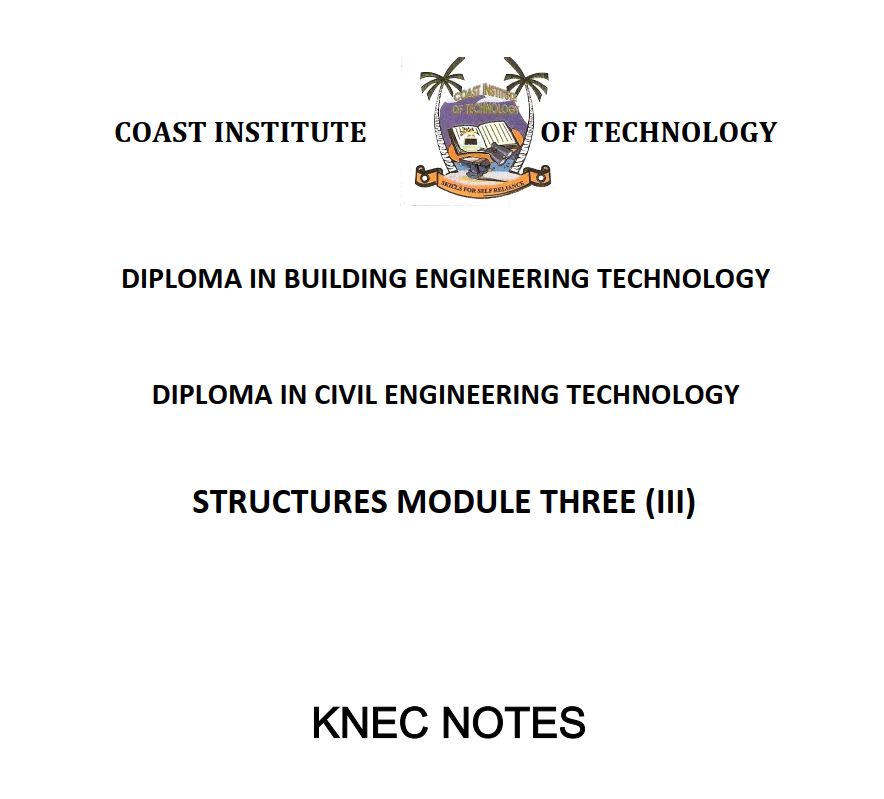
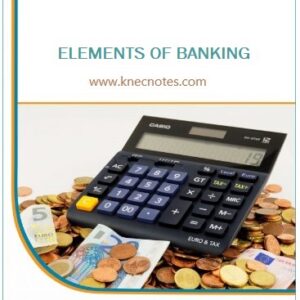
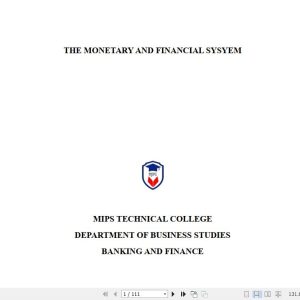
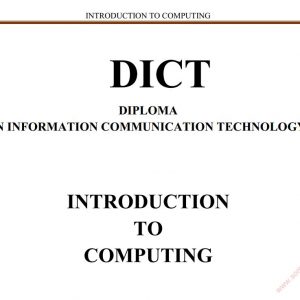
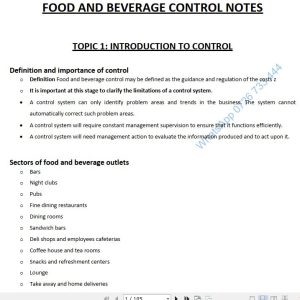
Reviews
There are no reviews yet.